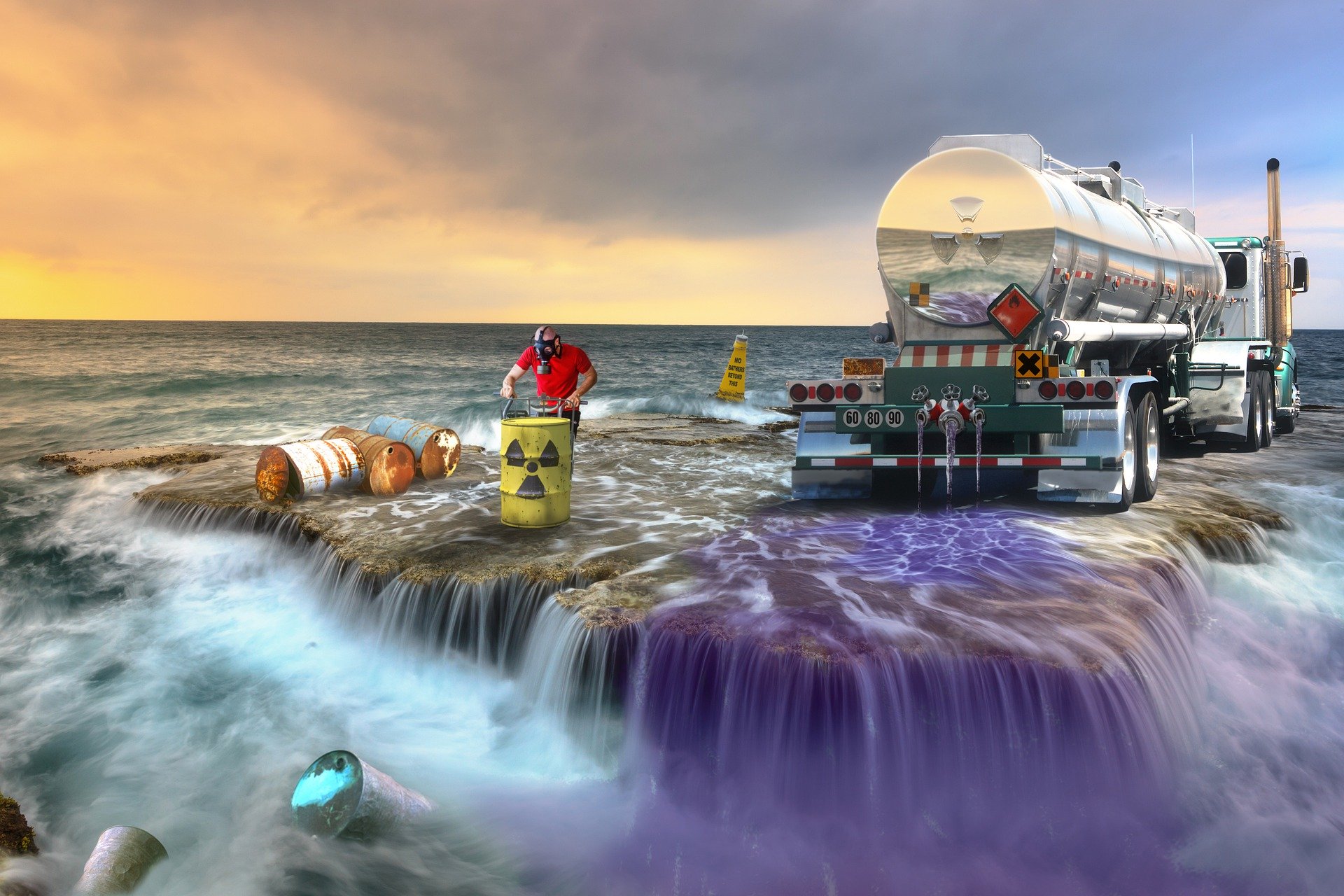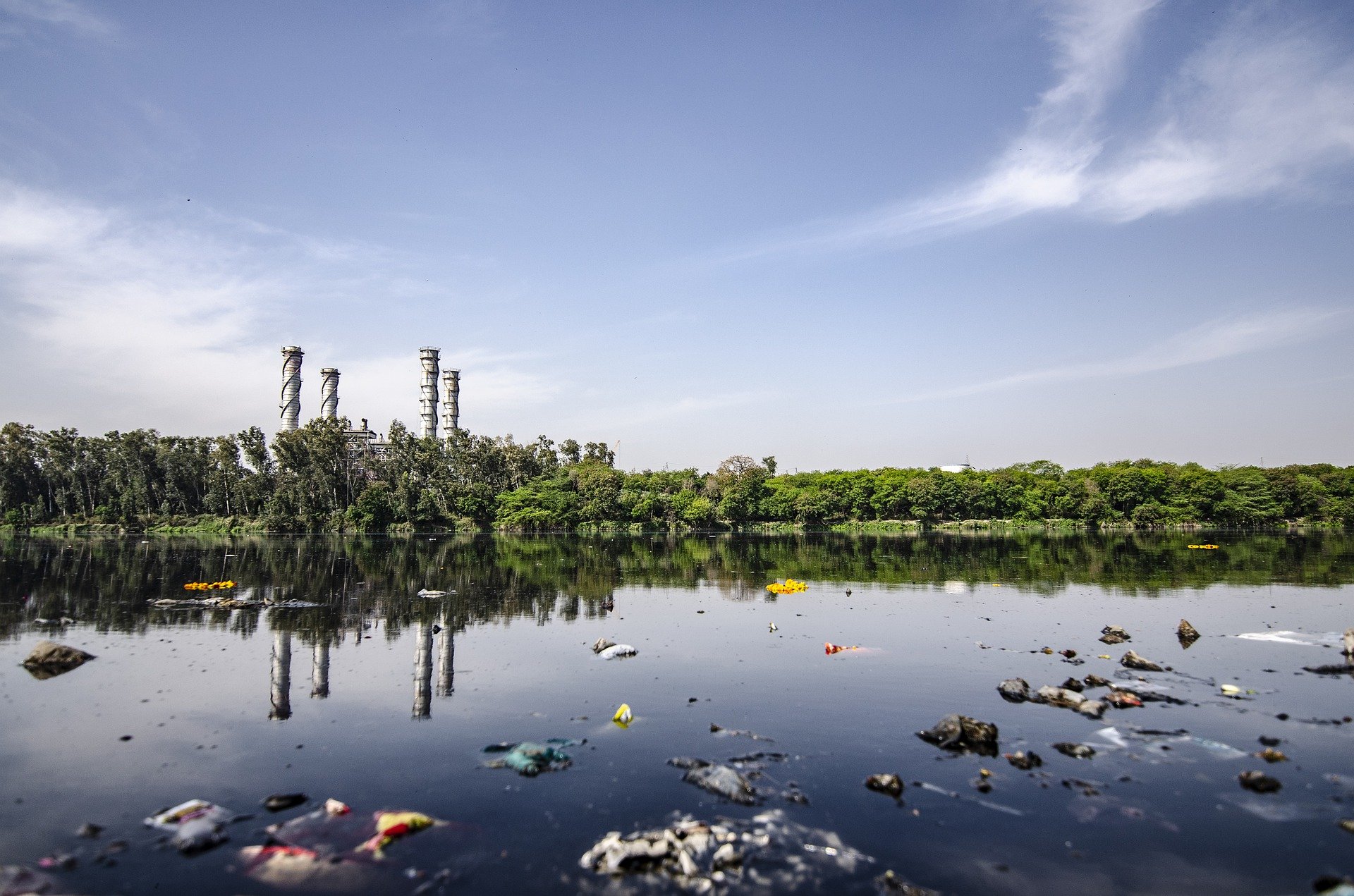I’ve written numerous times in this space about specific efforts by the Trump administration to reduce environmental regulation and enforcement. A new study from the University of Michigan Law School quantifies reductions in the administration’s criminal enforcement levels. The report is part of the school’s “Environmental Crimes Project,” and includes the first two years of the Trump Administration as the latest in a 14-year series of federal environmental enforcement data. Readers should note that federal criminal environmental enforcement is brought by the US Department of Justice (DOJ) on behalf of the US Environmental Protection Agency (EPA); EPA and delegated state agencies bring their own civil cases, and most state criminal enforcement is brought by state prosecutors on behalf of state regulatory agencies (I summarized agency enforcement in the first year of the Trump administration HERE).
Read MoreAudit, Compliance and Risk Blog
Study compares environmental enforcement during Trump administration with predecessors
Posted by Jon Elliott on Wed, Oct 28, 2020
Tags: OSHA, EPA, RCRA, CAA, DOJ, CWA, Environment, ESA, SWMA
Western North America is suffering from huge wildfires this year. I’ve written pieces discussing ways to protect workplaces from fire (HERE) and to protect workers during wildfires (HERE). Today’s note discusses worker safety during cleanup after wildfires. I synthesize guidance from the US Occupational Safety and Health Administration (OSHA), Centers for Disease Control and Prevention (CDC), US Environmental Protection Agency (EPA), California EPA (CalEPA), and the California Department of Public Health (CDPH).
Read MoreTags: OSHA, EPA, CDC, workplace safety, Wildfire, Cal-Fire, California, CalEPA, CDPH
EPA revises ignitability characteristic of hazardous waste
Posted by Jon Elliott on Wed, Aug 12, 2020
National waste management laws and regulations provide management requirements to the perceived hazards of each category, under overall regulation by the Environmental Protection Agency (EPA). Effective September 8, 2020, EPA will make extensive technical revisions to its standards for the “ignitability characteristic”, so entities that generate or manage wastes that might be ignitable should now review those wastes and associated management requirements.
Read More
Tags: Environmental, EPA, Hazardous Waste, SWDA
Supreme Court decision provides Superfund Responsible Parties with some relief
Posted by Jon Elliott on Mon, Jul 27, 2020
Forty years ago, the federal “Superfund” law -- Comprehensive Environmental Response, Compensation, and Liability Act of 1980 (CERCLA) – was enacted to provide legal requirements and procedural methodologies to speed identification and cleanup of contamination. Today, cleanups continue and the requirements and procedures continue to evolve. In April, the United States Supreme Court issued its latest decision interpreting a Superfund provision, this one defining clearer limitations on when the owners of contaminated land can force Responsible Parties for that contamination to pay for cleanup more extensive (and expensive) than cleanup ordered by the Environmental Protection Agency (EPA). The case is Atlantic Richfield Company v. Christian.
Read MoreTags: EPA, RCRA, clean water, Supreme Court, Superfund law, CERCLA, The Montana Supreme Court
Employers considering how to protect their employees from coronavirus infections can look to a growing variety of general and specific guidance. I recently wrote about the latest coronavirus-specific guidance from the Occupational Safety and Health Administration (OSHA) and the Centers for Disease Control and Prevention (CDC) (see HERE).
Read MoreTags: OSHA, EPA, clean water, CDC, Workplace hygiene, sanitation
Environmental Protection Agency issues administrative inspection rules
Posted by Jon Elliott on Wed, Jun 03, 2020
Effective March 2, 2020, the Environmental Protection Agency (EPA) has issued rules governing the agency’s administrative civil inspection procedures (40 CFR s. 31.1). These new rules meet a requirement created by President Trump’s Executive Order (EO) 13892 (“Promoting the Rule of Law Through Transparency and Fairness in Civil Administrative Enforcement and Adjudication”), issued October 9, 2019 (I wrote about this EO HERE). The new rules apply to on-site civil inspections conducted by EPA personnel, and to federally credentialled contractors and Senior Environmental Employment (SEE) employees conducting inspections on EPA’s behalf; they do not apply to criminal investigations, nor to state and state-credentialled inspections.
Read MoreTags: Business & Legal, Environmental risks, Environmental, EPA, clean water, clean air
Department of Justice Restricts Supplemental Environmental Project Agreements
Posted by Jon Elliott on Wed, May 20, 2020
Effective March 12, 2020, the US Department of Justice (DOJ) prohibits its US attorneys from entering into settlements in which DOJ lowers penalties for defendants that agree to conduct “supplemental environmental projects (SEPs)”, if the SEP involves payments to a third party. This action is the latest in a series of DOJ moves against SEPs since President Trump took office. The first such step was a June 2017 DOJ management memorandum directing US attorneys NOT to agree to SEPs that include payments to third parties (I wrote about that memo HERE). The second was an August 2019 memorandum restricting use of SEPs in Clean Water Act (CWA) cases against state and local governments, in which DOJ rejected arguments that recent legislation allows them (I wrote about that memo HERE).
Read MoreTags: Business & Legal, Environmental risks, Environmental, EPA, clean water, clean air, DOJ, SEP, CWA, Environmental Projects
Supreme Court provides greater clarity about when discharges to groundwater require Clean Water Act permits
Posted by Jon Elliott on Wed, Apr 29, 2020
On April 23, a six-member majority of the United States Supreme Court issued a decision that narrows the uncertainty about when a discharge of water pollutants to groundwater may require a Clean Water Act (CWA) permit (County of Maui v. Hawaii Wildlife Fund). The decision directly vacates the Ninth Circuit Court of Appeals decision it reviews, and effectively over-rules decisions by the Fourth and Sixth Circuits that differed with the Ninth Circuit but are also inconsistent with the Supreme Court’s new analysis. It also overturns guidance issued by the Environmental Protection Agency (EPA) in 2019 categorically excluding discharges from point sources to groundwater from regulation under the CWA National Pollutant Discharge Elimination System (NPDES) permit program; EPA's policy applied nationwide except in those three judicial circuits.
Read MoreTags: Business & Legal, EPA, CWA, Hawaii Wildlife Fund, County of Maui, NPDES, Supreme Court, Groundwater discharge, water pollutants
The 2016 Amendments to the Toxic Substances Control Act (TSCA; the “Frank R. Lautenberg Chemical Safety for the 21st Century Act”) assigned the Environmental Protection Agency (EPA) a variety of new responsibilities and powers to review and regulate chemicals in commerce in the United States. These changes include additional requirements to review chemicals already in use (I summarized this piece of the new TSCA here). Despite all the changes to EPA priorities since 2016 (i.e., during the Trump Administration), EPA has marched forward with these chemical reviews. These reviews include formal statutory requirements to identify separate lists of 20 “high priority” – i.e., potentially high risk – chemicals for accelerated reviews, and 20 “low priority” chemicals EPA considers not to need further review. I wrote about EPA’s 2019 proposals for these lists here.
Read MoreTags: Environmental risks, Environmental, EPA, Hazcom, tsca
EPA and the Corps of Engineers Finish Redefining “Waters of the United States”
Posted by Jon Elliott on Wed, Mar 18, 2020
On January 23, 2020 the Environmental Protection Agency (EPA) and the U.S. Army Corps of Engineers (Corps) finalized revisions to narrow their joint regulatory definitions of “waters of the United States”, applying authority under the Clean Water Act (CWA). The agencies characterize this narrowing as an increase in certainty for stakeholders, accomplished by eliminating some of the site-specific discretion that the 2015 rules provided to permit writers.
This marks the latest step in a cycle of rulemakings that began during the Obama administration in 2015, when the same agencies adopted revisions to the same rules expanding their definitions in order to interpret and apply then-recent decisions by the US Supreme Court.
Read MoreTags: Business & Legal, Environmental risks, Environmental, EPA, clean water

.jpg)








